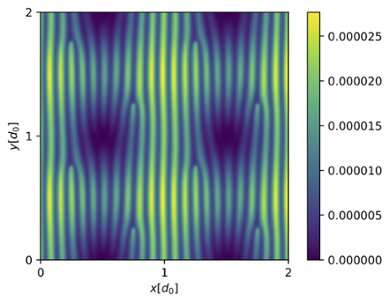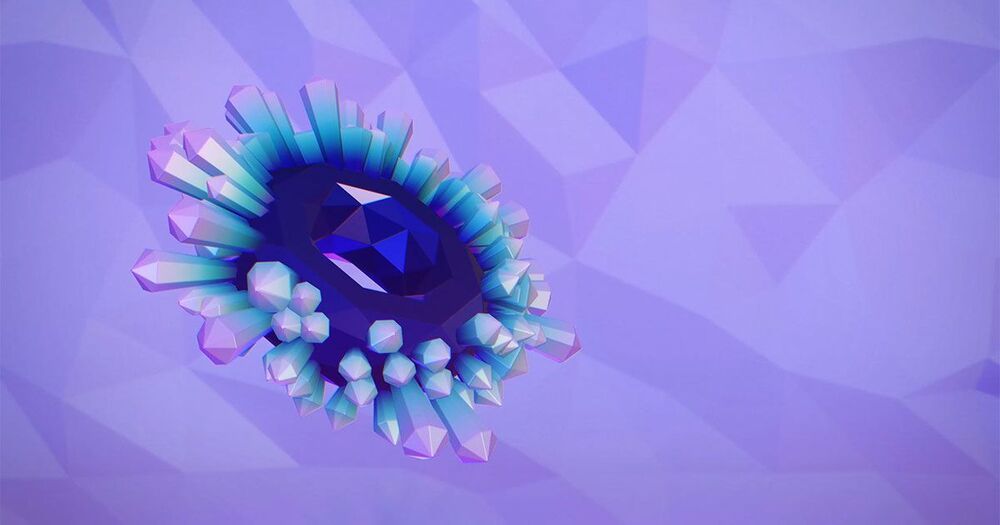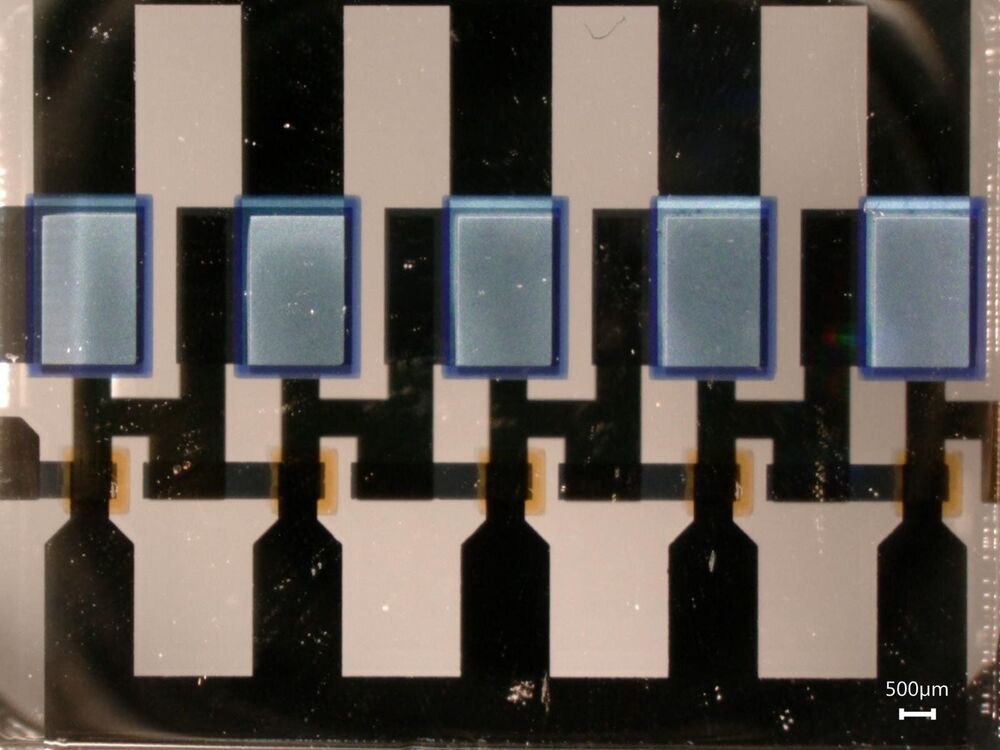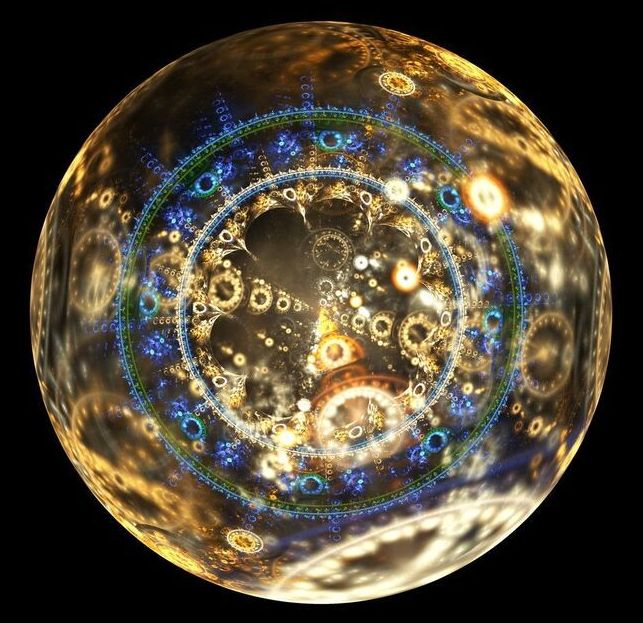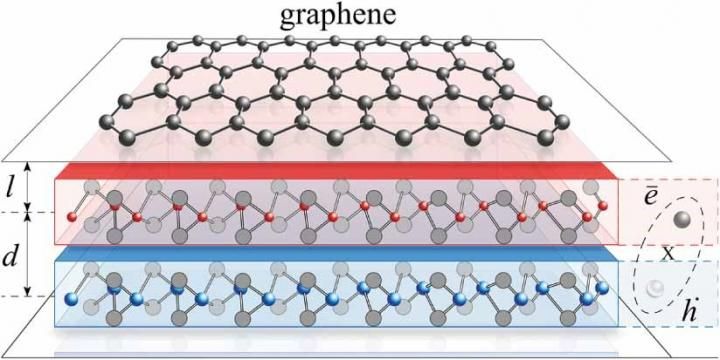This axion insulating state was realized, Bansil says, by combining certain metals and observing their magnetoelectric response. In this case, researchers used a solid state chip composed of manganese bismuth telluride, which were adhered together in two-dimensional layers, to measure the resulting electric and magnetic properties.
Researchers note that such a finding has implications for a range of technologies, including sensors, switches, computers, and memory storage devices, among many others. The “storage, transportation, and manipulation of magnetic data could become much faster, more robust, and energy-efficient” if scientists can integrate these new topological materials into future devices, the researchers write.
“It’s like discovering a new element,” Bansil says. “And we know there’s going to be all sorts of interesting applications for this.”

